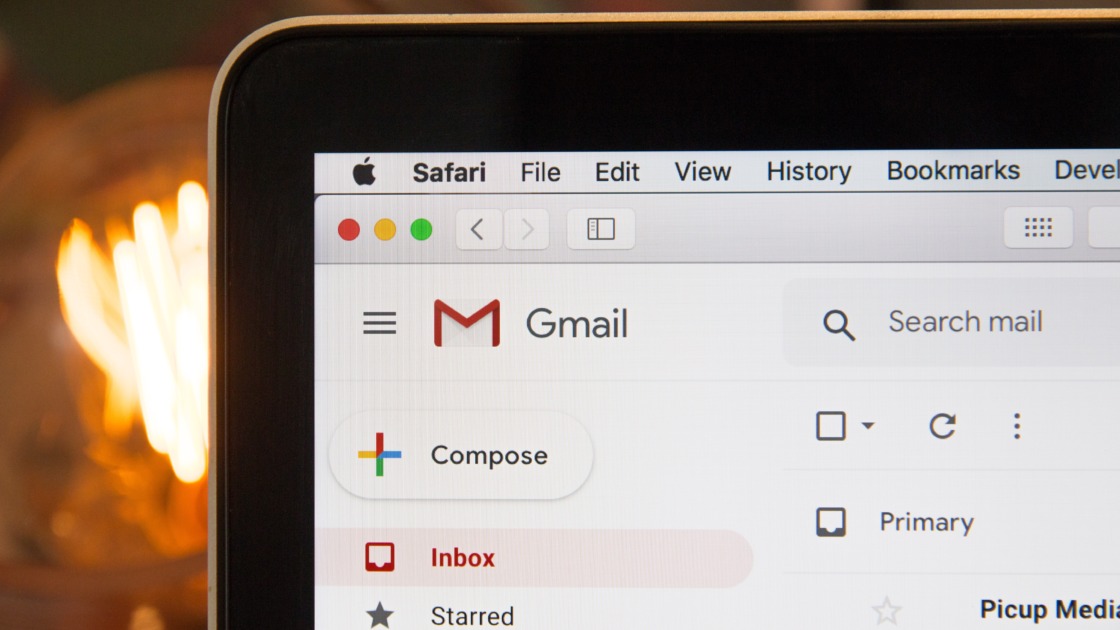What are cold emails?
A cold email is a digital equivalent of cold (unsolicited) calling and a way to reach out without prior contact. Imagine: you’re a freelance writer stumbling upon an exciting client. Perhaps working with him would be good for your portfolio, and you share common interests. Or you found an annoying typo, and you just know you could have done this better. Would make a cool new freelance client. But how to turn that into a paid client relationship? Well, first, you need to let him know you exist – and how can your services can help his business.
A perfect moment to write a cold email! You can use the same techniques when writing a message on LinkedIn or leveraging freelance gigs on a freelance job board.
10 things to know about cold emails
The cold email magic has been dissected and A/B tested with care by so many freelancers. In order to help you jumpstart straight to your potential clients mailbox, we gathered some of the best tips on how to write cold emails.

1. Be personal
Your message should be tailored to your recipient, and that doesnt’ mean just mentioning their name. A personalized cold email referencing your recipient is a sign that you are treating your freelance business seriously. Look for a point of reference – mention why are you emailing exactly this potential client, do you have any professional connections. And why are you exactly the kind of freelance (writer, graphic designer, virtual assistant…) they could use. Make sure to add a link to your personal website or online freelance portfolio.
2. Make your message clear
Your cold email should let the client know: who are you, why are you messaging, and what is the connection between the two of you. Make sure your email provides the reason you’re writing and a relevant pitch with a brief description of how can you help the client. Finish all with a nice call to action – let your client know what do you want them to do.
3. Do your research
Make sure you’re emailing the right person. Your message isn’t expected, and it can get easily ignored or lost in a department forwarding chain. Aim for decision makers, directly connected to your offer. Identify your new clients and do some research on those you’re trying to contact – it will help you further personalise the email.
4. Provide value
In a world where (technically) everyone can become a freelancer, it’s hard to stand out. Providing value means that you are not wasting your reader’s time. Before you send a cold email freelance services proposal, try to find out how can you support your recipient’s goals.
5. Don’t skip the subject line
The subject line will be the first element of your email that your (potential) client will see. It needs to be grab his attention, while staying short, clear and providing context. Sounds like a challenge?
6. DON’T use a cold email templates
While it might be tempting to just copy and paste a great email… We guarantee you, other freelancers have tried that to. A good cold message should always be unique and personalised.
7. DO use cold email templates (as a reference tool)
You should definitely not copy paste it, but it might be a great way to help you draft your own initial email. A cold email template can be used to structure the content correctly and give you some inspiration for good sounding phrases.

8. Proofread the draft
Does your email contain all the right links? Did you scan the text for typos? Could your message be presented in a clearer manner? Once you click “Send”, there’s no turning back, so make sure to proofread your proposal before launching it. If you are new to the art of cold emails, send the first draft to yourself and to a friend for some extra checks. Keep on proofreading and optimising with every email you send. Perfecting cold email pitches takes some practice, but with time, you should have a good sense of the correct style and format.
9. Make it reader friendly
Use paragraphs, bold the most important phrases, try to keep it short and sweet. Skip the less relevant images or links – your cold email pitch should only really contain your portfolio. Finish your pitch with a call to action, letting your new freelance clients know how can they best contact you and what should be their next step in order to hire you.
Tip: Go beyond just contact info – suggest best hours for a quick call.
10. Don’t give up
You won’t get an answer to even half of all the cold emails you will send in your life. That’s okay! Perserverance is one of the main traits a freelancer needs to start a profitable side business. The standard answer/open rate for most cold email outreach is only around 30-50% – but the chance for a particular client responding to your message is an opportunity you shouldn’t miss.
We hope we gave you the right toolbox for crafting perfect emails! Good luck!



